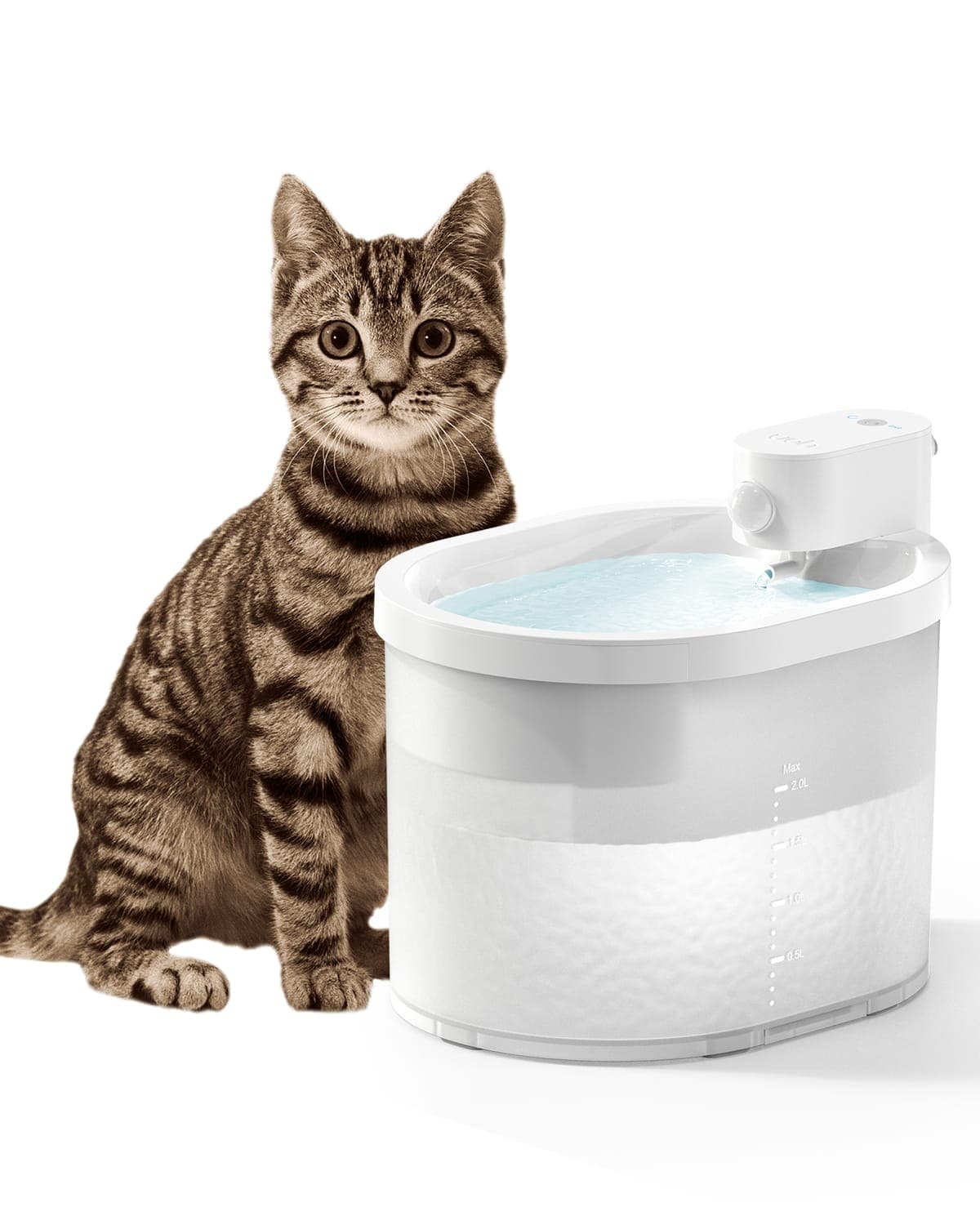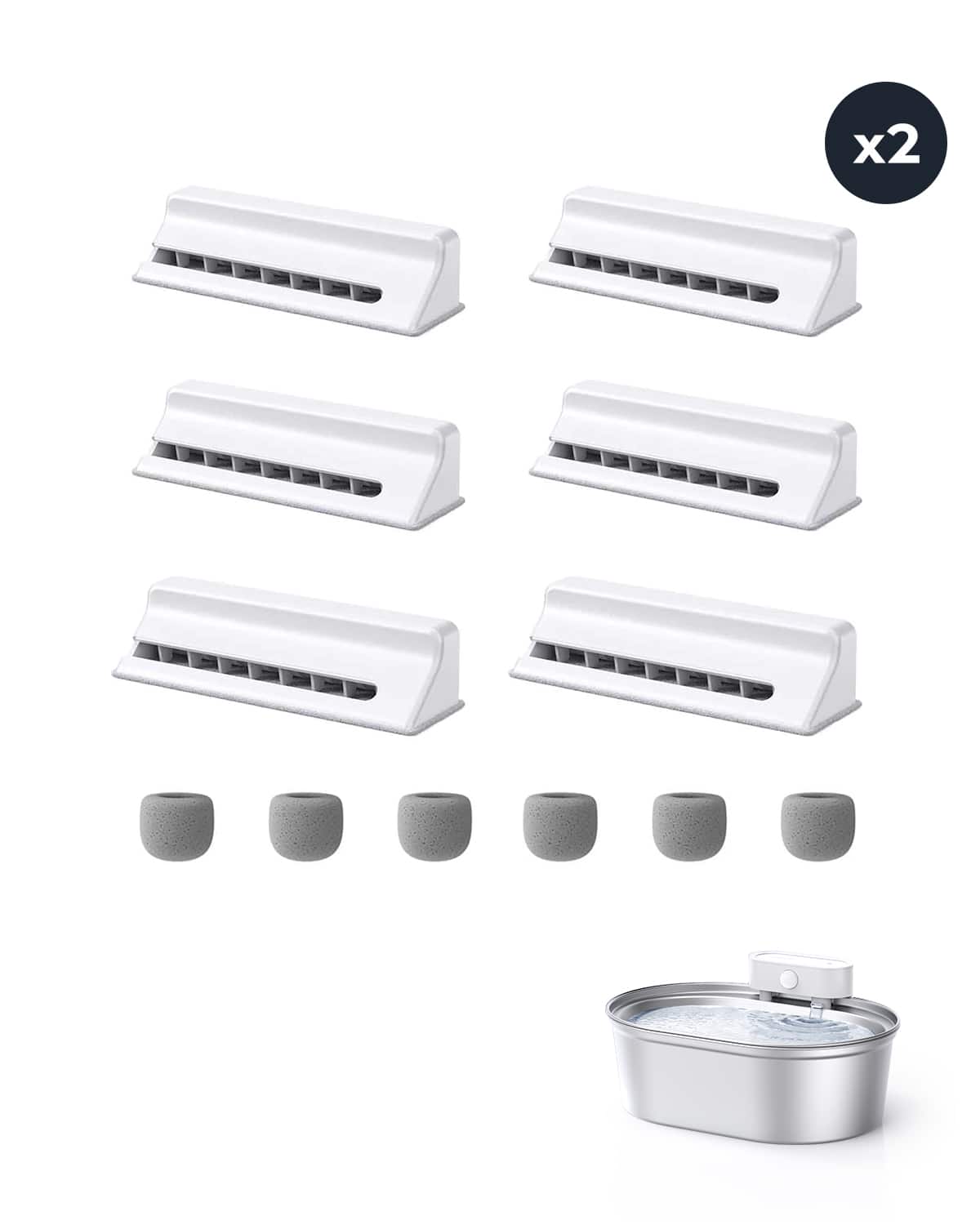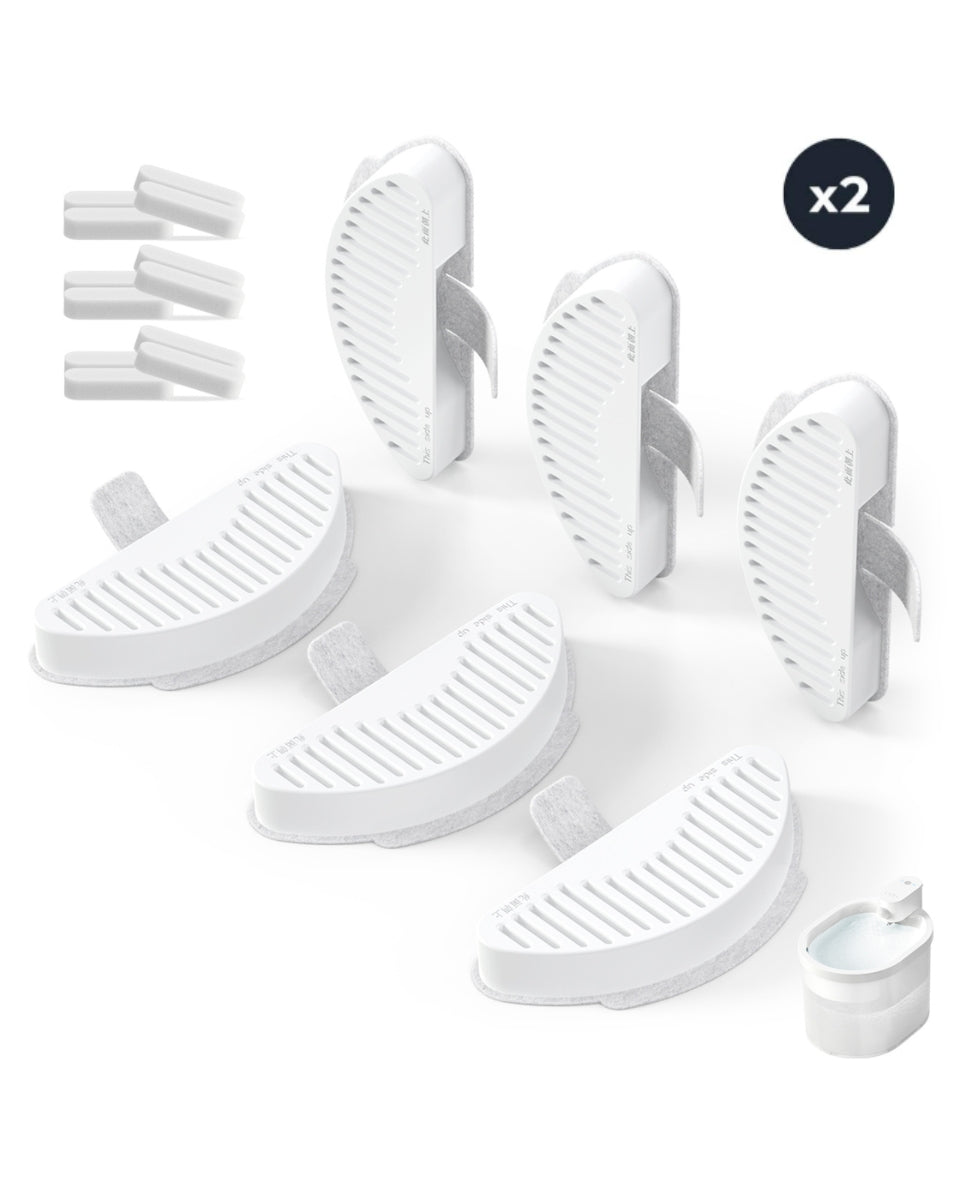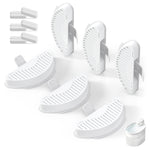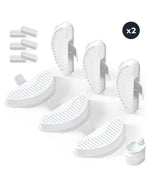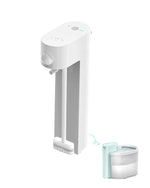Feeding your dog the right amount of food is crucial for their overall health and well-being. A dog feeding chart by weight and age can help you determine the appropriate portion sizes for your pet. This guide will walk you through the key factors to consider when creating a feeding plan tailored to your dog's specific needs.
Understanding the Basics of Dog Nutrition
Before diving into the specifics of a dog feeding chart by weight and age, it's important to understand the basics of dog nutrition. Dogs require a balanced diet that includes proteins, fats, carbohydrates, vitamins, and minerals. The exact proportions of these nutrients can vary depending on your dog's age, weight, activity level, and overall health.
Why Weight and Age Matter in Dog Feeding
Weight and age are two of the most critical factors in determining the right feeding plan for your dog. Puppies, for example, have different nutritional needs compared to adult dogs. Similarly, a large breed dog will require more food than a small breed dog. Understanding these differences is key to creating an effective feeding chart.
Creating a Dog Feeding Chart by Weight and Age
Creating a dog feeding chart by weight and age involves several steps. First, you'll need to determine your dog's current weight and age. Next, you'll need to consider their activity level and any special dietary needs they may have. Finally, you'll use this information to calculate the appropriate portion sizes for your dog.
Step 1: Determine Your Dog's Weight and Age
The first step in creating a dog feeding chart by weight and age is to determine your dog's current weight and age. This information will serve as the foundation for your feeding plan. You can use a scale to weigh your dog and consult your veterinarian to confirm their age.
Step 2: Consider Your Dog's Activity Level
Your dog's activity level is another important factor to consider when creating a feeding chart. Active dogs, such as those who participate in agility training or long walks, will require more calories than sedentary dogs. Be sure to take your dog's activity level into account when determining portion sizes.
Step 3: Account for Special Dietary Needs
Some dogs have special dietary needs due to health conditions, allergies, or other factors. If your dog has any special dietary requirements, be sure to account for these when creating your feeding chart. Consult your veterinarian for guidance on how to adjust your dog's diet to meet their specific needs.
Step 4: Calculate Portion Sizes
Once you have gathered all the necessary information, you can begin calculating the appropriate portion sizes for your dog. Use a dog feeding chart by weight and age as a reference to determine the recommended daily calorie intake for your pet. Divide this total into two or three meals per day, depending on your dog's feeding schedule.
Common Mistakes to Avoid
When creating a dog feeding chart by weight and age, it's important to avoid common mistakes that can lead to overfeeding or underfeeding. One common mistake is failing to adjust portion sizes as your dog grows or their activity level changes. Another mistake is relying solely on the feeding guidelines provided on dog food packaging, which may not account for your dog's specific needs.
Monitoring Your Dog's Health
Once you have implemented a dog feeding chart by weight and age, it's important to monitor your dog's health to ensure they are receiving the right amount of food. Regularly check your dog's weight and body condition to make sure they are maintaining a healthy weight. If you notice any changes in your dog's appetite, energy level, or overall health, consult your veterinarian for further guidance.
Adjusting the Feeding Chart Over Time
As your dog grows and their needs change, you may need to adjust their feeding chart. Puppies, for example, will require more frequent meals and higher calorie intake as they grow. Senior dogs, on the other hand, may need fewer calories and smaller portion sizes. Be prepared to update your dog's feeding chart as needed to ensure they continue to receive the right amount of food.
Tips for Successful Feeding
To ensure the success of your dog feeding chart by weight and age, follow these tips:
- Stick to a consistent feeding schedule to help regulate your dog's digestion.
- Measure portion sizes accurately to avoid overfeeding or underfeeding.
- Provide fresh water at all times to keep your dog hydrated.
- Monitor your dog's weight and body condition regularly to ensure they are maintaining a healthy weight.
- Consult your veterinarian for guidance on any special dietary needs or health concerns.
By following these guidelines, you can create a dog feeding chart by weight and age that meets your pet's nutritional needs and supports their overall health. Remember, every dog is unique, so it's important to tailor your feeding plan to your dog's specific needs. With the right approach, you can ensure your furry friend stays healthy and happy for years to come.


